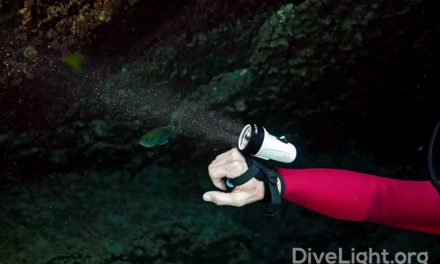Dive lights are a necessary companion for people who intend to go diving. Its primary use, like all other light sources, is to provide illumination for those places that natural lighting can’t reach. Due to the expected harsh conditions when diving, such as intense water pressure and the accumulation of mud, dive light cleaning should be given careful attention and carried out regularly.
When one intends to undertake a thorough cleaning of his or her dive light, it is best to take out the components and clean them separately. Check if sea water has trickled into the parts and rinse everything with fresh water. When cleaning, first of all, take out the batteries and check to make sure the poles are clean; if they’re covered in dirt, remove the dirt with a damp rag. When batteries are held in place by O-rings, take them out delicately to avoid damage. Using two fingers gently rub the surface to feel for dirt. If present, use a clean cloth and wipe the surface until it appears clean.
When it comes to cleaning the lenses, utmost care is necessary since the this area determines the quality of light emitted. When cleaning to remove dirt or mud, use a brush with soft bristles to brush away the thin upper layers, then introduce droplets of a lens cleaning solution or an alcohol-based liquid such as isopropyl alcohol. Then, using a microfiber cloth, wipe in a circular motion until cleaning is achieved
Switches and other movable parts need frequent cleaning to prevent jamming. If they are coated with a layer of dirt or mud wipe it off with a clean cloth. Take care not to spray wash liquid directly into them, and you can use a brush to dislodge stuck particles. The components made of metal should be cleaned with liquids that do not corrode them. One should also ensure that the metallic parts are completely dry after cleaning and prior to storage to avoid rusting.




